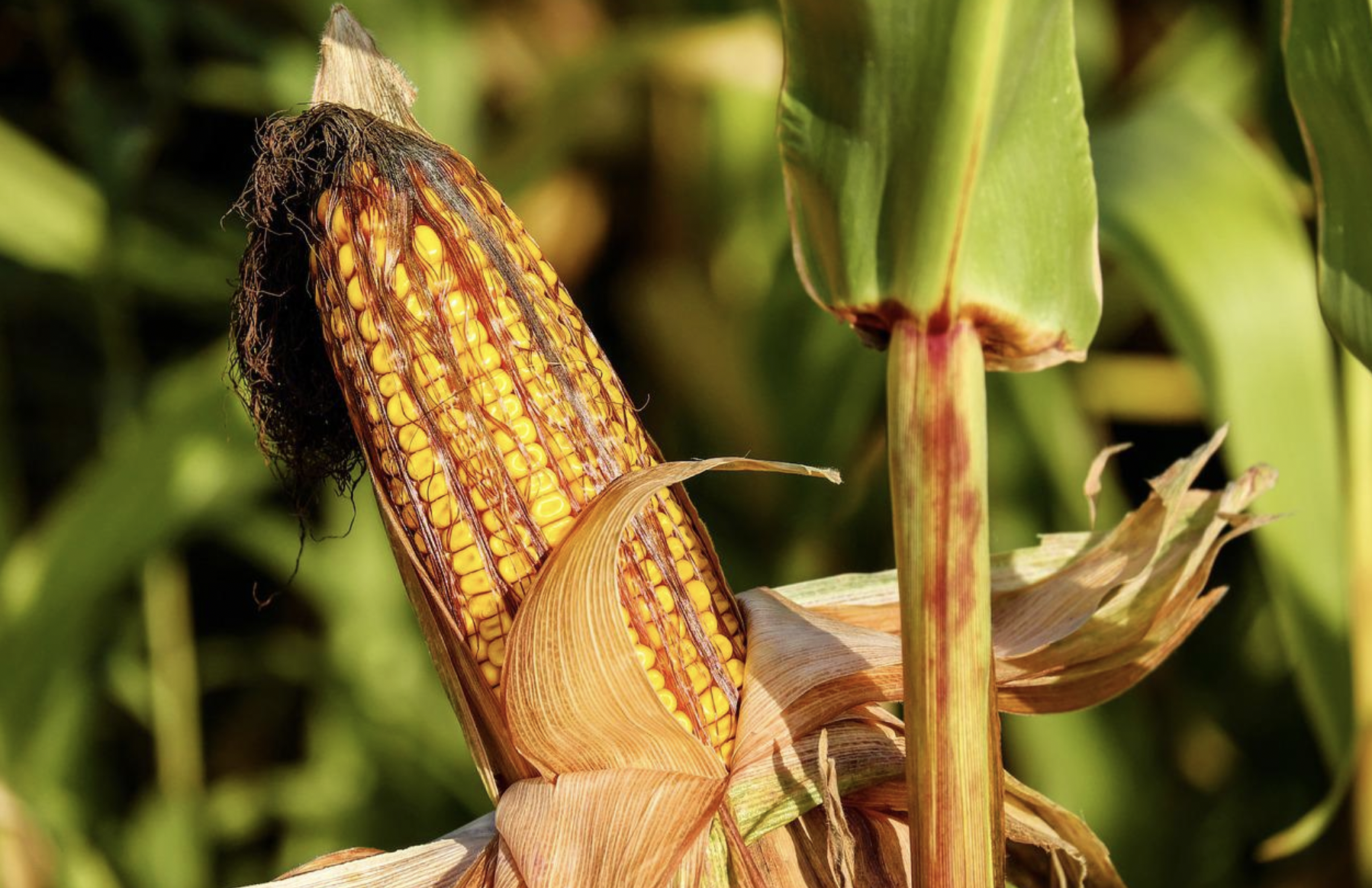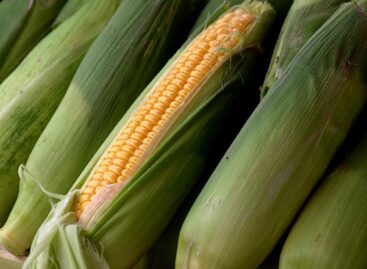The drought killed all the crops
Where they didn’t irrigate, the entire crop grew, and where they did, much lower quality, smaller and more withered fruit was produced. The apple crop has never been as bad as this year, but what about other fruits? How will crop failure appear on store shelves, and what will happen next year? HVG asked agricultural players after a disastrous summer.

It was a catastrophic summer for farmers
There has not been such a drought in Hungary as this year for several decades, negative water level records are being broken one after another, Tiszántúl is full of parched fields and the fruit harvest is noticeably weaker compared to previous years.
Basically, there is nothing strange about the fact that the summer here is dry, this year is extreme because it hasn’t rained since April – with the exception of Transdanubia – until the end of August. It’s also warmer than usual. However, the problems started much earlier: according to Ferenc Apáti, the president of the FruitVeB fruit and vegetable trade association, we are not talking about a precipitation deficit of a few months, but of a year, since after last year’s dry summer, little precipitation fell in autumn and winter.
Related news
China would increase its grain production capacity by 50 million tons
🎧 Hallgasd a cikket: Lejátszás Szünet Folytatás Leállítás Nyelv: Auto…
Read more >AM: Government helps farmers with a loan moratorium
🎧 Hallgasd a cikket: Lejátszás Szünet Folytatás Leállítás Nyelv: Auto…
Read more >More than 100 Hungarian farmers also demonstrated in Brussels
🎧 Hallgasd a cikket: Lejátszás Szünet Folytatás Leállítás Nyelv: Auto…
Read more >Related news
New Year’s Eve: shortened opening hours in stores – general store closure on January 1
🎧 Hallgasd a cikket: Lejátszás Szünet Folytatás Leállítás Nyelv: Auto…
Read more >Tejföl is only a name for live flora: new categories for sour dairy products will be introduced from 2026
🎧 Hallgasd a cikket: Lejátszás Szünet Folytatás Leállítás Nyelv: Auto…
Read more >Sausage prices before New Year’s Eve: cheap entry, expensive premium – how big is the gap on the shelves?
🎧 Hallgasd a cikket: Lejátszás Szünet Folytatás Leállítás Nyelv: Auto…
Read more >






